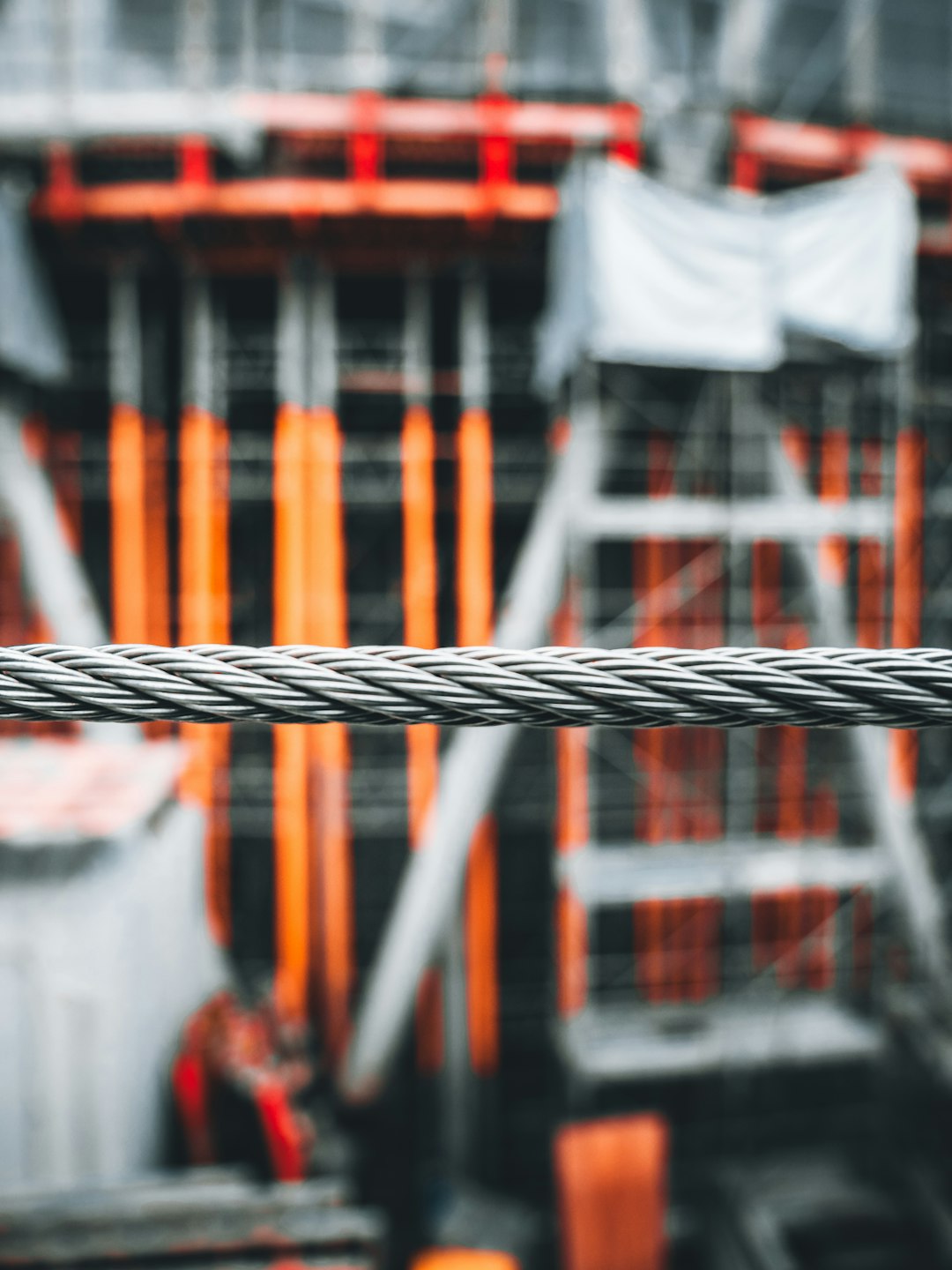When it comes to constructing sturdy and durable concrete structures, using the right materials and following correct installation techniques are crucial. Concrete formwork plywood, also known as pro form plywood, MDO plywood, or phenolic plywood, plays a significant role in creating the framework that holds the concrete in place until it sets. Understanding how to properly install concrete form ply can make a substantial difference in the quality and longevity of your concrete projects.
1. Selecting the Right Material
Before beginning any concrete formwork project, it is essential to choose the appropriate type of plywood. Two popular options are Medium Density Overlay (MDO) plywood and Film Faced Plywood. MDO plywood has a smooth resin coating that helps extend its lifespan, while film faced plywood is known for its water and wear-resistant properties.
2. Preparing the Surface
Prior to installing the concrete form ply, ensure that the surface is clean, level, and free of any debris that could affect the quality of the concrete structure. Proper surface preparation is key to achieving a smooth and even finish.
3. Handling with Care
Concrete formwork plywood should be handled carefully to prevent any damage to the surface. Avoid dropping or dragging the plywood to maintain its structural integrity and ensure a flawless finish on the concrete.
4. Securing the Plywood
When attaching the plywood to the framework, make sure to use sturdy, high-quality fasteners that can withstand the pressure and weight of the concrete. Properly secured plywood will prevent any shifting or bulging during the pouring process.
5. Achieving Proper Alignment
Ensuring that the concrete form ply is aligned correctly is essential for achieving a straight and uniform concrete structure. Take the time to double-check the alignment before pouring the concrete to avoid any inconsistencies.
6. Applying Release Agents
To make the removal of the formwork easier after the concrete has set, consider applying release agents to the plywood surface. These agents help prevent the concrete from sticking to the plywood, allowing for effortless demolding.
7. Checking for Leaks
Before pouring the concrete, inspect the formwork carefully for any gaps or leaks that could result in seepage. Properly sealed formwork plywood will prevent any loss of concrete and ensure a solid final structure.
8. Monitoring the Pouring Process
During the concrete pouring process, keep an eye on the formwork to ensure that it can withstand the weight and pressure of the concrete. Any signs of bending or deformation should be addressed immediately to prevent structural issues.
9. Allowing Sufficient Curing Time
After the concrete has been poured, make sure to allow sufficient time for curing before removing the formwork. Premature removal can result in cracks or damage to the concrete surface, compromising the overall quality of the structure.
10. Removing the Formwork Carefully
When it comes time to remove the formwork, do so with caution to prevent any damage to the concrete edges. Use proper tools and techniques to ensure a smooth and clean demolding process.
11. Inspecting the Finished Structure
Once the formwork has been removed, inspect the concrete structure for any imperfections or defects. Addressing any issues promptly can help prolong the lifespan of the concrete and maintain its structural integrity.
12. Embracing Quality and Precision
Properly installing concrete formwork plywood requires a combination of quality materials, precise techniques, and attention to detail. By following these tips and best practices, you can ensure that your concrete projects are not only durable and resilient but also visually appealing and long-lasting.

